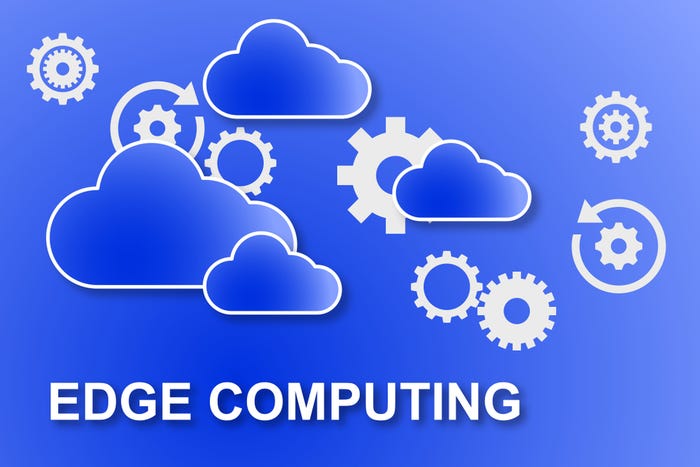How Edge Computing Compares with Cloud ComputingHow Edge Computing Compares with Cloud Computing
Learn how an edge computing architecture provides more benefits for the internet of things than traditional centralized cloud designs.
March 28, 2018

We hear a lot about how the big trend in cloud infrastructure is edge computing, but there's some confusion around the concept. Many are under the impression that it will eventually replace traditional cloud architectures. This is almost certainly not the case. There are, however, use cases where edge computing architectures provide advantages over fully-centralized cloud designs, especially from a networking and data storage perspective. In this article, I'll explain what edge computing is, how it differs from traditional cloud services, and when it might be the right choice for you.
Edge computing is a form of cloud computing, but unlike traditional cloud computing architectures that centralize compute and storage in a single data center, edge computing pushes the compute -- or data processing power -- out to the edge devices to handle. Thus, only the results of the data processing need to be transported over networks. In certain situations, this provides precise results and consumes far less network bandwidth.
The internet of things is the most common use case for edge computing. IoT is all about the collection of data from geographically dispersed areas using edge sensors. Those sensors are connected using a data network that often leverages WAN technologies such as MPLS, cellular, and VPNs. In traditional IoT architectures, all collected sensor data is transported to a central repository where it is combined, and the data is processed collectively. This works well only if data needs to be collected and analyzed cumulatively. But what if it's not necessary to combine data to get the desired results? What if each IoT sensor simply needs to process the data it collects and send results when certain requirements are met?
This is where we start to see the benefits of edge computing. If there's no true need to collect all data in a centralized cloud repository, it doesn't make sense to waste expensive bandwidth on transporting it. In fact, a completely valid IoT design may be one where the sensors only connect to the cloud when they have something important to report. This design provides the opportunity to reduce IoT networking costs by leveraging technologies such as cellular-based technologies that use a lower-cost, pay-per-kilobit billing method as opposed to more expensive always-on connectivity.

edge.jpg
One thing to consider with edge computing is that since data is not stored long term, it eventually gets deleted, which isn't conducive for big data analytics. Remember, edge devices only provide the results from processing locally-collected data. In most cases, the data collected is simply discarded. Thus, if your IoT project requires you store all collected data for cumulative analytics decision-making purposes, then edge computing is not the right fit.
That said, edge computing is well suited for IoT deployments where both localized- and batch-processing can be leveraged. An example of this might be to tally the sales and inventory of a remote retail store, then send the calculated results back to corporate headquarters on a daily schedule. Corporate likely does not need the real-time data of each transaction. Instead, this data can be processed locally, and a simple report generated at closing.
This methodology also helps to significantly reduce the dreaded storage glut that many businesses are facing using traditional cloud computing architectures. Real-time data streamed into cloud storage can accumulate rapidly. Often, this data ends up being useless. Yet organizations often fear deleting data once it enters the cloud, and they can easily waste thousands of dollars storing data that they almost certainly will never use. Edge computing can eliminate this problem by only sending useful, post-processed information to the cloud. That way, you only store what you need.
As we move further towards the concept of business digitization, edge computing models are going to become a key component for many IoT initiatives. Both network and storage costs account for a large portion of distributed IoT projects, so reducing data transport and storage requirements will be appealing in many use-case scenarios. If done properly, edge computing will allow for certain IoT projects to be achieved at a far lower cost compared to traditional cloud methods.
About the Author
You May Also Like




